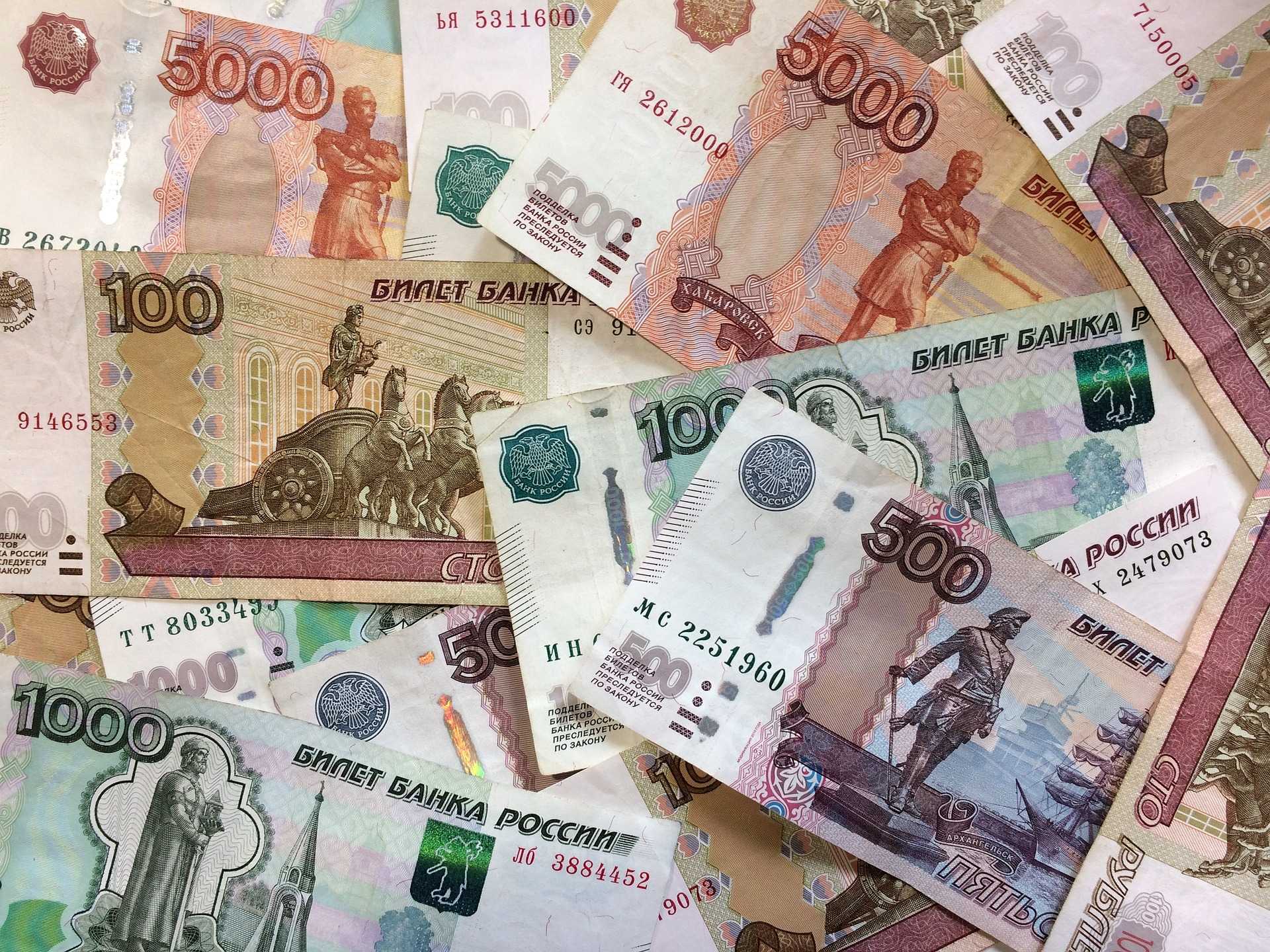The USD/RUB, one of the worst-performing currencies in the emerging market, has gone down 3.2% in five days. The oil-rich country’s exports have come down.

USD/RUB Forecast
The Russian rouble has been sliding for the past 5-days, moving below the 74.00 levels. It saw a 3.2% decrease in the first week of February and has support at the 73.90 and 73.50 levels. The greenback has dropped from 76.25 in the first week of February to 74.00 against the rouble during trading hours on Tuesday. If the greenback loses momentum, the ruble may see a steep drop. Fear of sanctions from the European Union and the US is also keeping the ruble under pressure.
On the daily chart, the USD/RUB currency pair moved higher sharply in the middle of December 2020. The US Dollar Index against the ruble may move lower in the same fashion to fill the gap say, experts. If it happens, the USD/RUB may take support at 73.16 levels.
USD/RUB Depends on Oil Prices
Russia is a major exporter of oil and natural gas to countries like China, the Netherlands, and Germany. However, crude oil export has gone down with the pandemic affecting countries across the globe. The aggregate GDP went down almost 3.5% to 4%, much better than the dismal forecast made. There is a change in the automobile sector towards electric vehicles, and the requirement for crude oil is expected to come down. Crude oil prices have to increase to around $65 per barrel to bring back economic recovery in Russia. Crude prices that were below $50 per barrel have now moved upwards towards $60 per barrel. Production cuts from the OPEC+ countries had helped to lift oil prices. Crude oil has helped Russia manage its exchange rate and budget deficits.
Russia’s Exports to China Comes Down
Russia depends on other countries for its trade, as exports form an important part of the country’s growth. Russia’s trade surplus during May and June has turned into a trade deficit. China’s exports had driven up production in Russia, but with exports coming down in China, production in Russia has come down.
The Netherlands and Germany are other important trade partners of Russia. The trade surplus with Germany has come down from $20 billion before the pandemic, to $2.8 billion in November 2020.
Trade relations between Russia and the UK have improved after the pandemic. There is a trade expansion, with exports to the United Kingdom increasing from $10 billion per month in 2019 to $14 billion in December 2019. By November 2020, exports had grown to $22 billion.
Russia’s trade has dropped significantly in 2020. In 2019, the current account surplus was at $75 billion but fell almost by half in 2020. The pandemic is causing severe supply-chain disruptions, and Russia’s modest surplus has come down into the negative. The manufacturing sector has contracted, the first contraction after 2009, caused by the pandemic, lockdown, and restrictions.
Increase in Demand for Russian Economically-Priced Cars
Gefco Russia commercial director Dennis Gliznoutsa says that the Covid-19 pandemic has hiked demand in the Russian car market, especially the low-priced vehicles. Analysts expected the demand for finished vehicles to diminish, but the reverse happened, and car sales increased. Further, the lending terms of Russian banks are relaxed to make loans affordable and exchange rates better.
Digital Asset Launch by Russian Bank
Russian Sberbank may introduce stablecoin once it files to launch a Blockchain platform with the Bank of Russia. Two bill drafts have been introduced by Nebraska’s Sen. Mike Flood, to allow digital asset services in Nebraska banks. In a report, Sberbank has stated that the internal testing of the technology has been completed. “Sbercoin” is the name of the token to be issued by Sberbank.
Russian Vaccines Embraced by Many Countries
Vaccines from China and Russia have been doing well in many countries in the Middle East along with other vaccines like Moderna and AstraZeneca. There is mounting evidence showing that vaccines from China and Russia are reliable. The country suffered from coronavirus infections, constraints, and lockdown that has pulled down economic growth, of which the worst affected were the small and medium businesses. The United Arab Emirates, Bahrain, Turkey, and Egypt have signed up with Moscow for vaccines.
Sanctions Imposed by the West Mounts Pressure on the Ruble
The sanctions imposed on Russia by the US and the European region brought down its production rate. Russia applied counter-sanctions on imports from Europe. Sanctions from the west are keeping the value of the USD/RUB suppressed.
Political protests in Russia have attracted the attention of countries like the US and Europe, which may bring further sanctions on the country.
Meanwhile, the US Dollar Index is firmly below the 91.00 level on 9th February 2021. The greenback has strong psychological support at 90.00 levels.